For thousands of years, fast-flowing water has shaped and sculpted a variety of karst landscapes across Barbados’ limestone.
Like many of those landscapes, gullies have become an integral part of the island’s culture and heritage overtime.
The trenches of gullies are inhabited by a wide range of flora and fauna which makes these formations important terrestrial ecosystems for the island’s biodiversity.
But their goods and services extend beyond biodiversity as gullies also serve many economic and historical values.
Nonetheless, sustained unsustainable anthropogenic activities have led to the degradation of some of the island’s gullies over time.
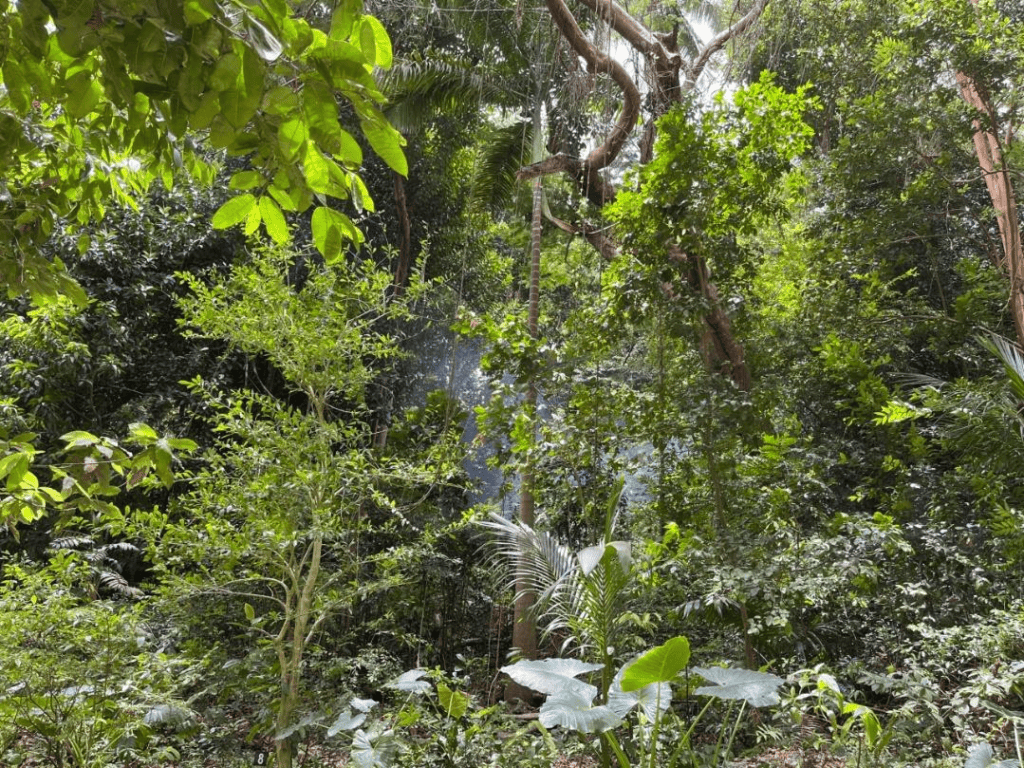
Ecological Functions of Gullies
Gullies can be found throughout Barbados and cover 5% of the total land area.
During heavy rainfall, they act as drainage channels for flowing water that starts in the central highlands of the island and moves towards the coast.
Over one third of Barbados’ plant species – like the native Macaw palm (Aiphanes minima) which is distinguished by its spiny trunk and the Bearded Fig tree (Ficus citrifolia) – can be found growing in the lush, green forests of gullies.
The rich vegetation in these gullies provide substantial food and habitat for wildlife species like the green monkey (Chlorocebus sabaeus) and the yellow-banded millipede (Anadenobolus monilicornis).
Reptiles like lizards and the endangered Barbados threadsnake (Tetracheilostoma carlae) – which is the world’s smallest snake – can also be found in these gullies.
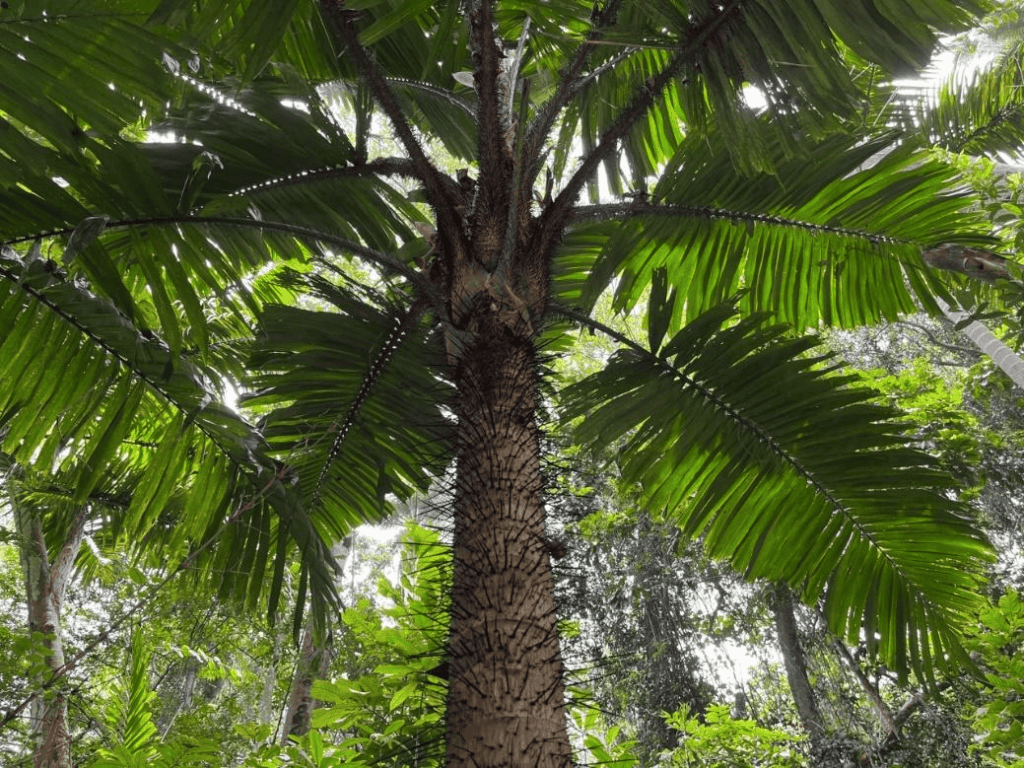
The Barbados threadsnake is endemic to the island and primarily inhabits forested areas, which are few and far in between, as the island has no original forest left.
While the species is elusive, Welchman Hall Gully is one area where it can be found and it is believed they exist in other areas with similar conditions.
Most of Barbados’ forests were cleared for agricultural purposes.
But given gullies are difficult areas to develop, they now preserve many of the island’s native plant species.
As such, gullies may be some of the last remaining refuge on the island for native and endemic species like the Barbados threadsnake which means the protection of these ecosystems is important.
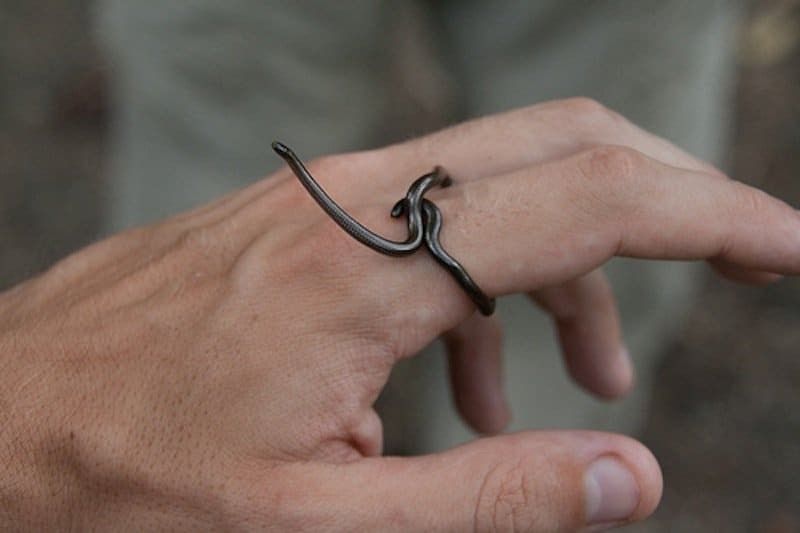
Further to their ecosystem functions, the vegetation in gullies contribute to carbon sequestration and regulate the flow of water by allowing it to slow down and infiltrate the ground.
This process is important as it allows for the replenishment of the island’s aquifers, and reduces soil erosion in gullies.
Economically, gullies contain rich biological resources which can be used for traditional medicines, biomedical research, and animal foods.
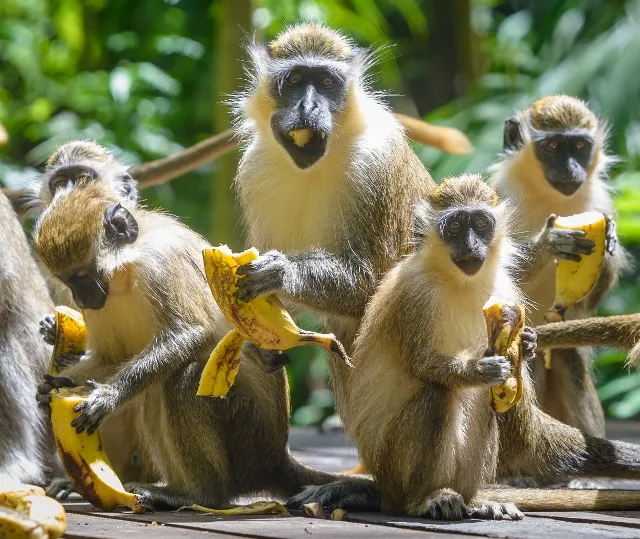
Cultural and Historical Importance of Gullies
Studies by archaeologists Frederick H. Smith and Hayden F. Bassett found that during plantation slavery, gullies served as pathways between estates for the enslaved.
This allowed them to travel without being seen by estate owners.
Archaeological evidence – like artefacts found in the gullies in St. Nicholas Abbey – also show that caves located in the gullies were once used as social gathering areas or for the purpose of relaying information.
These areas allowed the enslaved to have their own spaces, away from those dominated by the planter class, highlighting their historical importance.
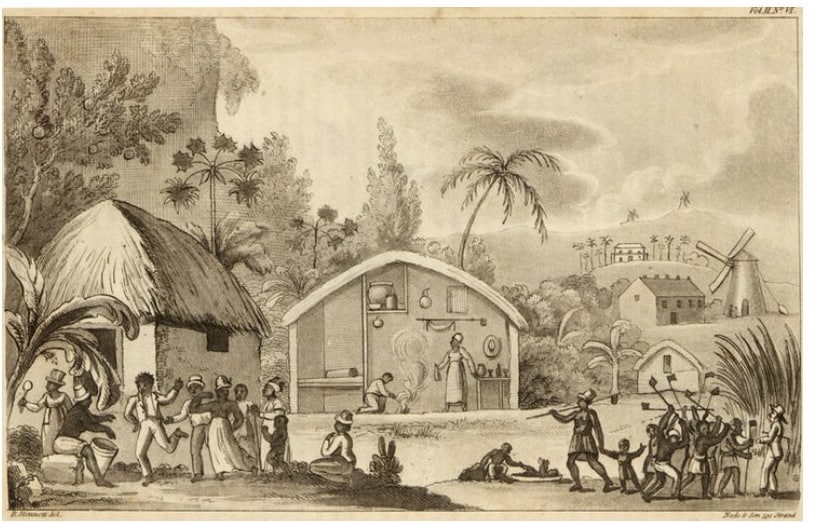
Issues Affecting the Barbados’ Gullies
Indiscriminate waste disposal and rapid land-use changes have threatened the ecological well-being of Barbados’ gullies.
Illegal dumping is one of the main issues affecting these areas and the battle to stop this activity has been ongoing for many years.
Old household appliances (fridges, furniture and construction rubble) and dead livestock are among the variety of waste found indiscriminately dumped in gullies across the island.
In addition to the harm these waste can cause to wildlife, pollution in gullies can also affect the communities nearby.
Pollution facilitates conditions for pests like rodents, flies, and mosquitoes, to thrive which increases the risks of diseases associated with these animals occurring.
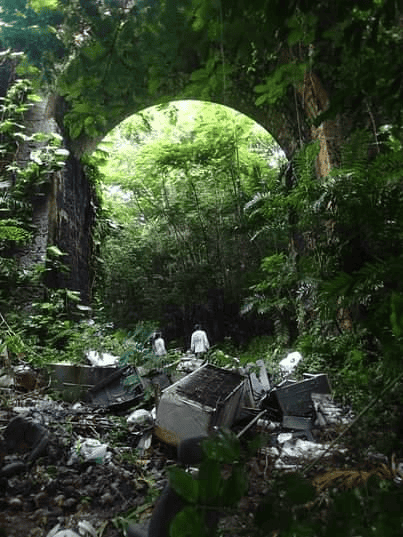
Pollution in gullies also increases the risk of floods as the physical barrier created by the solid waste, and debris in these waterways, have the potential to dam the flowing water during heavy rainfall.
An account of an incident of this nature occurred in 1995 when there was the breakdown of a barrier in a gully in Weston, St. James, Barbados.
Popular calypsonian artist Neville Denis Blackman (De Great Carew) died during this incident.
Apart from solid waste, the indiscriminate chemicals from agriculture also affect the well-being alongside the introduction of invasive species and deforestation.
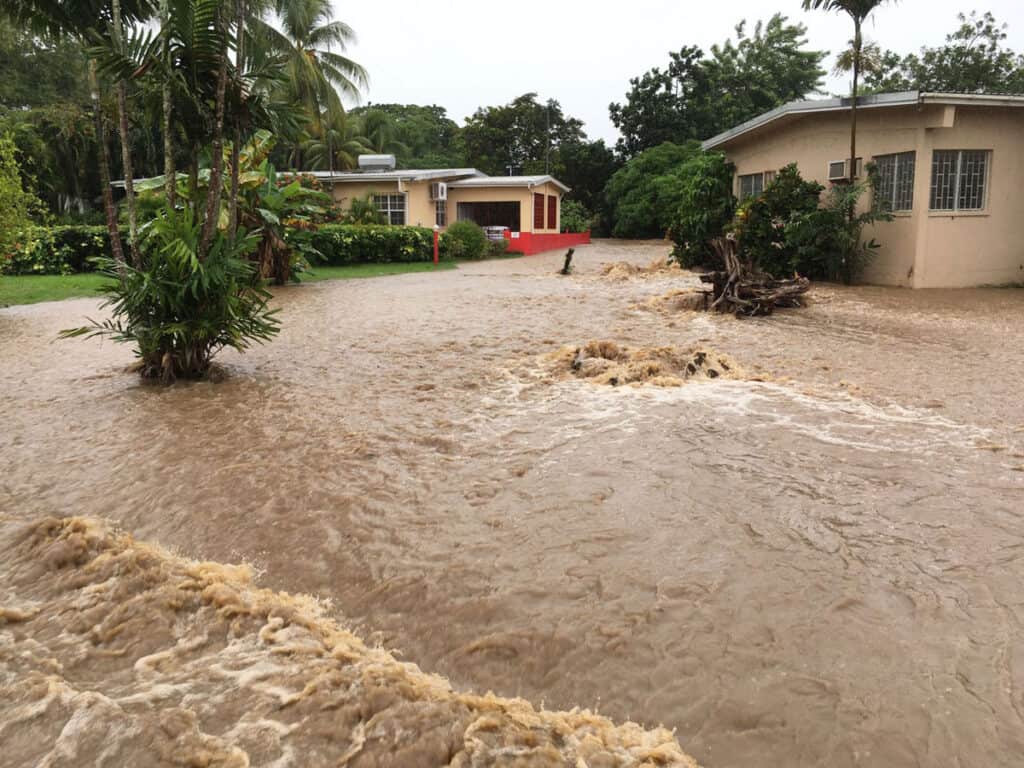
Conserving Gullies
Over time, national campaigns to cleanup gullies have become a regular activity in Barbados.
Non-governmental organisations, and volunteers, often gather to clean the gullies which are most affected by illegal dumping.
In 2022, the Barbados Defence Force, Coast Guard and other entities collaborated for a cleanup of Bucks Gull in St. Thomas.
An estimated 66,00 pounds of garbage was collected from that cleanup alone and many similar activities continue.
Other proactive conservation approaches include the creation of the Integrated Gully Ecosystem Management Plan (IGEMP) in 2005 by the then Ministry of Energy and the Environment.
The plan sought to build public awareness of gullies through education by introducing information on gullies to the school curriculum and educating farmers on how the chemicals they use affect gullies.
The IGEMP also outlined policies for gullies which promoted natural reforestation, enforced a 3-meter no development buffer zone around gullies and prevented deforestation.
However, the plan is now dated given it was created over 15 years ago and there are debates on its effectiveness.
Education is key if the protection of gullies are to be successful.
Illegal dumping is still one of the main threats to gullies. While it is difficult to consistently monitor illegal dumping, efforts to reduce this threat should heavily rely on the awareness of surrounding communities to make decisions with gullies in mind.





